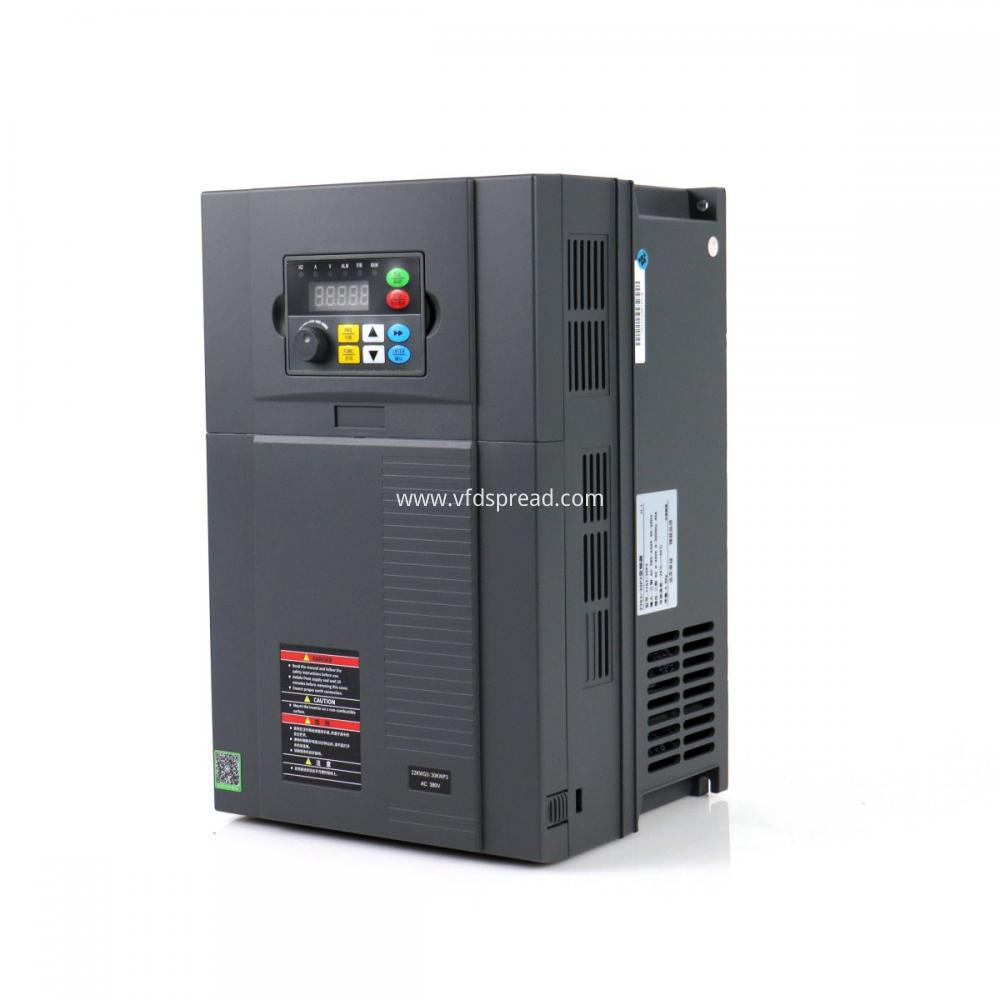Introduction: Variable Frequency Drives (VFDs) are electronic devices that control the speed and torque of electric motors by varying the frequency and voltage supplied to the motor. They are widely used in various industries for energy savings, improved motor performance, and precise control. This article aims to provide a comprehensive overview of VFDs, including their basic knowledge and answers to frequently asked questions. What is a Variable Frequency Drive? A Variable Frequency Drive, also known as an adjustable speed drive or inverter, is an electronic device that converts fixed frequency and voltage AC power into adjustable frequency and voltage output. It allows precise control of motor speed, torque, and acceleration, leading to energy savings and improved motor efficiency. How does a VFD work? A Vfd converts the incoming AC power into DC power through a rectifier. The DC power is then converted back into AC power with variable frequency and voltage using an inverter. By adjusting the frequency and voltage output, the VFD controls the motor's speed and torque. What are the benefits of using a VFD? - Energy savings: VFDs allow motors to operate at optimal speeds, reducing energy consumption and costs. - Improved motor performance: VFDs provide precise control over motor speed, torque, and acceleration, leading to smoother operation and reduced wear and tear. - Soft starting and stopping: VFDs enable gradual motor acceleration and deceleration, reducing mechanical stress and extending motor life. - Process control: VFDs offer precise control over motor speed, allowing for better control of industrial processes. What are the common applications of VFDs? VFDs are used in various industries and applications, including: - HVAC systems: VFDs control the speed of fans and pumps, providing energy-efficient climate control. - Industrial machinery: VFDs control the speed and torque of motors used in conveyors, mixers, compressors, and more. - Water and wastewater treatment: VFDs regulate the speed of pumps, optimizing water flow and reducing energy consumption. - Renewable energy systems: VFDs are used in wind turbines and solar power systems to convert variable energy inputs into usable power. What are the potential issues and troubleshooting tips for VFDs? - Overheating: Ensure proper ventilation and cooling for the VFD to prevent overheating. - Electrical noise: Install proper grounding and shielding to minimize electrical interference. - Motor compatibility: Check if the motor is suitable for VFD operation and adjust the parameters accordingly. - Harmonics: Implement harmonic filters to reduce harmonics generated by the VFD. - Maintenance: Regularly inspect and clean the VFD to prevent dust accumulation and ensure proper functioning. Conclusion: Variable Frequency Drives are essential devices for controlling motor speed, improving energy efficiency, and enhancing motor performance. By understanding the basic knowledge and addressing common questions and issues, users can maximize the benefits of VFDs in various applications.




